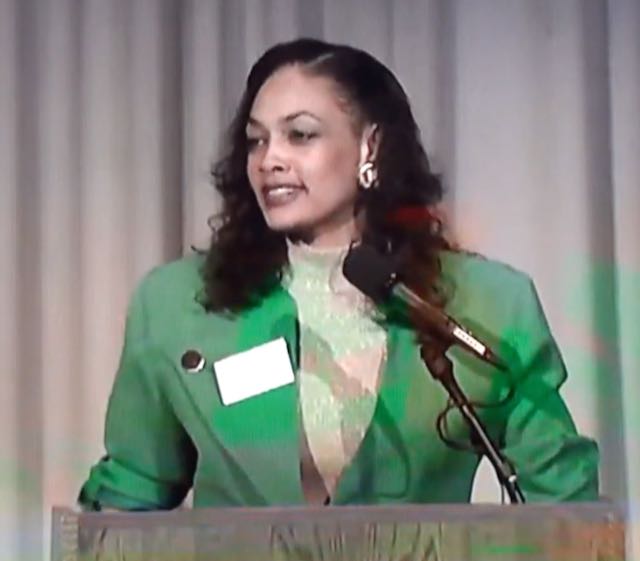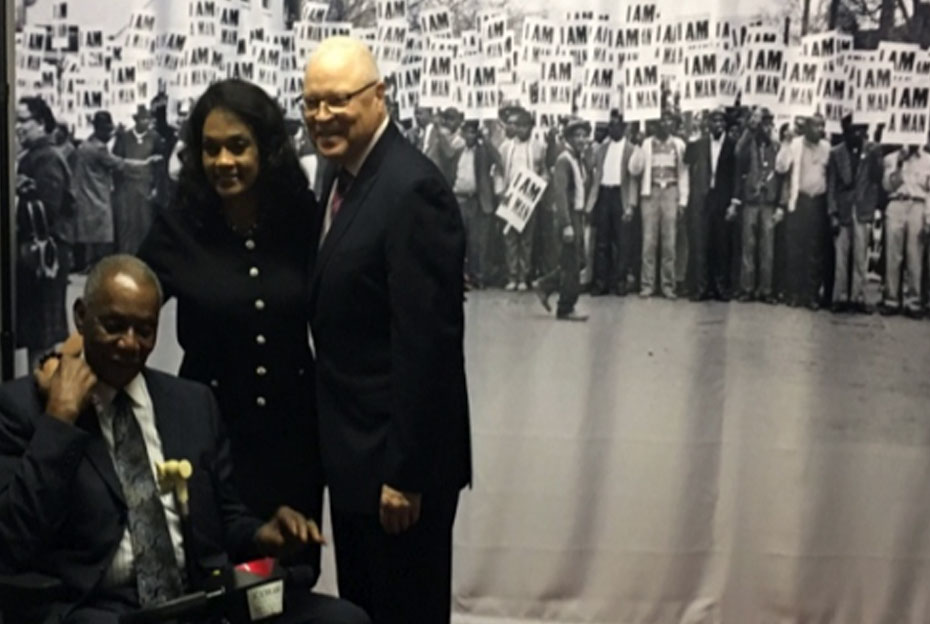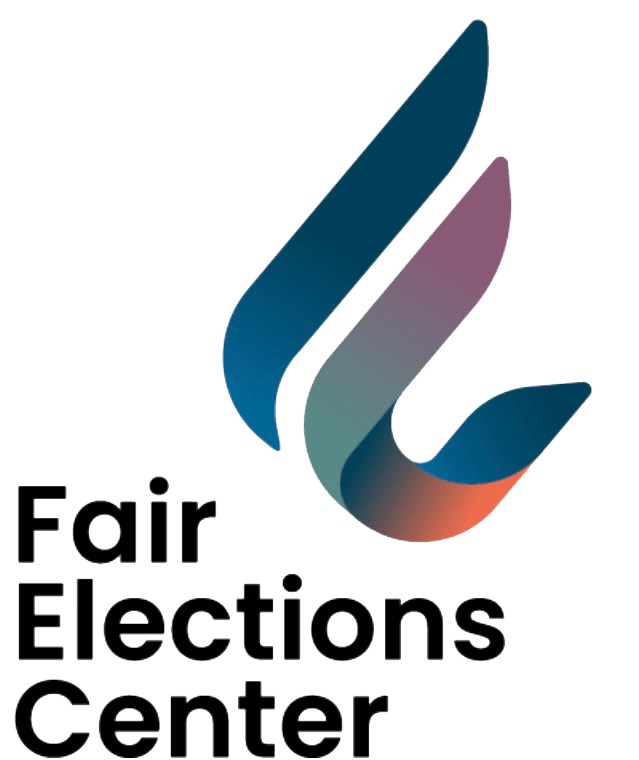Support NAFEO in Advocating for HBCUs and PBIs in the Legislative, Executive, and Judicial Branches of Government:
NAFEO–The Voice for Blacks in Higher Education!

NEWS
Historically Black Colleges and Universities Are Not Minority-Serving Institutions
The Carnegie Foundation, and the American Council on Education, the major coordinating body for American Higher Education, Representing the Range of US Accredited and Degree-granting Postsecondary Education Institutions, Joined Forces to Redesign the Carnegie Classifications. With Input from Every Cohort of Higher Education Institutions, Including HBCUs and PBIs-NAFEO Member Institutions. The Redesign Better Reflects the Higher Education Landscape. Importantly, It Recognizes Student Success in a “Student Access & Earnings” Classification.

A REMINDER TO SISTERS (All Women) AS TO WHY WE MUST VOTE
Lezli Baskerville, Esquire, President & CEO NAFEO 2024 Women’s History Month Speech Before the United States Department of Agriculture “Valiant Women of the Vote: Refusing to be Silenced”

Mr. William “Bill” Lucy, Dr. Lezli Baskerville, & Mr. Lee Saunders
Statement from Vice President Kamala Harris on the Passing of William “Bill” Lucy
William “Bill” Lucy was a giant and a patriot who spent his life fighting for freedom, justice and fairness.
NAFEO presents…

Founded in 2006 by Robert Brandon and a Co-Founder, the Fair Elections Center is a 501 (c)(3) legal network removing barriers to full and unfettered participation in every aspect of the electoral process, including legal, policy, administrative, and the recent escalation of anti-democracy and anti-freedom efforts by states and rogue national and state actors in recent years.
How Giving Makes a Difference
Your donations make it possible for the voices and priorities of HBCUs to be amplified–and acted upon!
About NAFEO
Contact NAFEO


